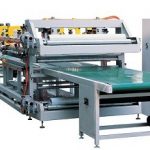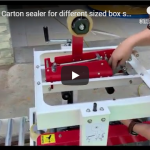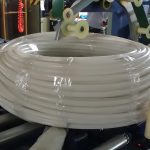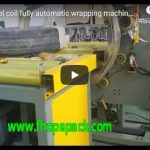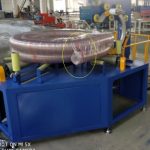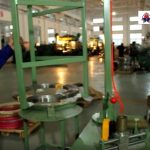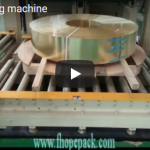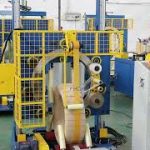Automatic coil wrapping machine is a piece of equipment used in manufacturing and logistics industries to wrap coils of various materials such as steel, aluminum, and copper. The machine uses a polypropylene (PP) belt to wrap the coil and seal the ends with stretch film.
The machine is designed to operate fully automatically, which means that it requires minimal human intervention. The operator loads the coil onto the machine, sets the machine parameters, and starts the wrapping process. The machine then wraps the coil with the PP belt and seals the end with stretch film, creating a tight and secure package.
One of the key features of the automatic coil wrapping machine is its ability to change film rolls automatically. This feature ensures uninterrupted operation and reduces downtime, improving productivity and efficiency.
The use of PP belt and stretch film provides several benefits, including protection against damage during transit, moisture, and dust. The wrapping also improves the coil’s stability, preventing it from unraveling and causing safety hazards.
In conclusion, the automatic coil wrapping machine is an essential piece of equipment in the manufacturing and logistics industries. Its fully automatic operation, use of PP belt and stretch film, and ability to change film rolls automatically make it a reliable and efficient solution for coil wrapping.
https://www.fhopepack.com/Coil_packing_machine.html
info@fhopepack.com
